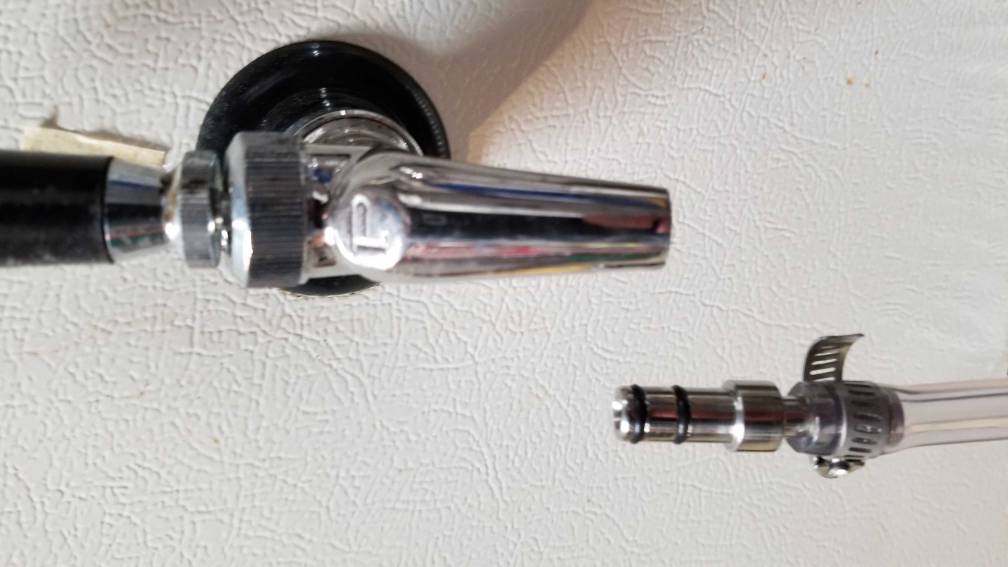BassBabiesBeer
Well-Known Member
- Joined
- May 16, 2019
- Messages
- 75
- Reaction score
- 20
And I'm looking for advice!
The NJ State Fair is coming up and there's a homebrew competition. I don't technically have time to brew/bottle a new batch, unless I brew by 7/2, and potentially rush the end of fermentation.
I'm not set up to bottle at the moment, but it wouldn't take much. Is there a way to pull from a keg and bottle (without serious $$) that won't go bad in a few days? The drop off deadline is the 13th and preliminary judging is the 26th.
Thanks
The NJ State Fair is coming up and there's a homebrew competition. I don't technically have time to brew/bottle a new batch, unless I brew by 7/2, and potentially rush the end of fermentation.
I'm not set up to bottle at the moment, but it wouldn't take much. Is there a way to pull from a keg and bottle (without serious $$) that won't go bad in a few days? The drop off deadline is the 13th and preliminary judging is the 26th.
Thanks




